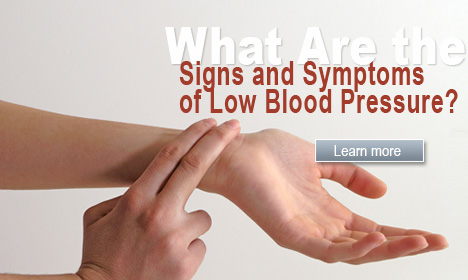
What exactly is blood pressure? This is a medical term that can refer to the pressure of the blood against the walls of a blood vessel. Most of the pressure resulting from the human heart pumping oxygen-rich blood into the brain is measured as blood pressure.
When used alone, the word "blood pressure" simply means pressure on the top of the blood vessels. When viewed as a combination of the words “high blood pressure,” “blood pressure,” the medical community has come to refer to it as hypertension. It can be difficult to tell if you have hypertension if it has not been measured by a trained professional. • Blood pressure can also be determined using simple tests, such as checking the blood pressure in an arm or hand for signs of swelling.
While there is no single test that can tell if you have high blood pressure, there are a few common symptoms that can help determine if you have the condition. Most often, there is a feeling of heaviness in the upper body. This is because it increases the size of the arteries and causes more oxygen-rich blood to pass through them.
Many of these symptoms of high blood pressure can show up in daily activities, especially those associated with activities such as walking, running, or doing manual labor. In many cases, the doctor will order an examination called auscultation to determine if the symptoms are indeed the result of high blood pressure.
One of the most common signs of hypertension is chest discomfort. This usually happens when you get up after sitting down. In addition, you may have trouble breathing or shortness of breath during certain activities. If left untreated, these symptoms can lead to heart attacks, a condition that can cause irreparable harm to the body.
A more common sign is dizziness. While it is quite common to have vertigo if you have been standing for too long or if you have passed through an especially large building, a feeling of dizziness can occur if you are seated. or standing. This is often accompanied by nausea, difficulty concentrating, fatigue, loss of memory, depression, and loss of coordination. These are often caused by high blood pressure.
Another common sign of high blood pressure is pain in the lower back, specifically the lower back of the thighs and ankles
This is often caused by pressure in the lower spine, which is sometimes mistaken for sciatica. Sciatica is a common condition in which pressure occurs in and around the back of the leg that does not originate in the lower back and can cause pain.
Pain in any part of the body, however, is usually accompanied by a feeling of discomfort. If the pain becomes more severe than what is described above, the condition is probably a result of high blood pressure. Seek medical attention for these symptoms.
There are also some signs of high blood pressure that are associated with a different condition that is related to blood pressure. These conditions include diabetes, high cholesterol levels, high levels of sugar in the blood, and kidney disease.
When high blood pressure is present, doctors will order various tests to determine the exact cause. The first step in treating hypertension is to determine the appropriate target reading, which will be determined by your doctor based on a series of measurements.
Once the correct target blood pressure reading is determined, treatment will include medication or a combination of medication with lifestyle changes to help maintain the target level. In addition, a medication that prevents the production of more enzymes in your body that produce chemicals that cause high blood pressure can also be used. to help lower the risk of having a stroke or heart attack.
Even though high blood pressure is treatable, it is important to consult with your doctor if you have any of the symptoms mentioned here. The sooner you get diagnosed and treated the better off you are going to be.